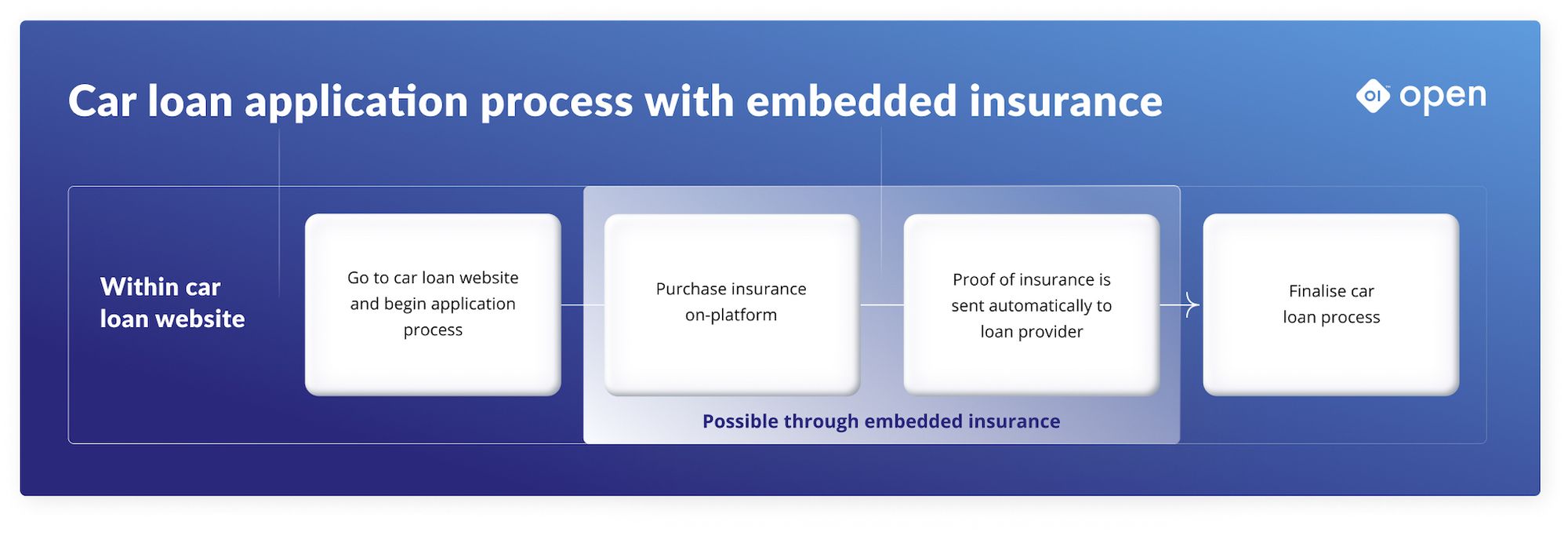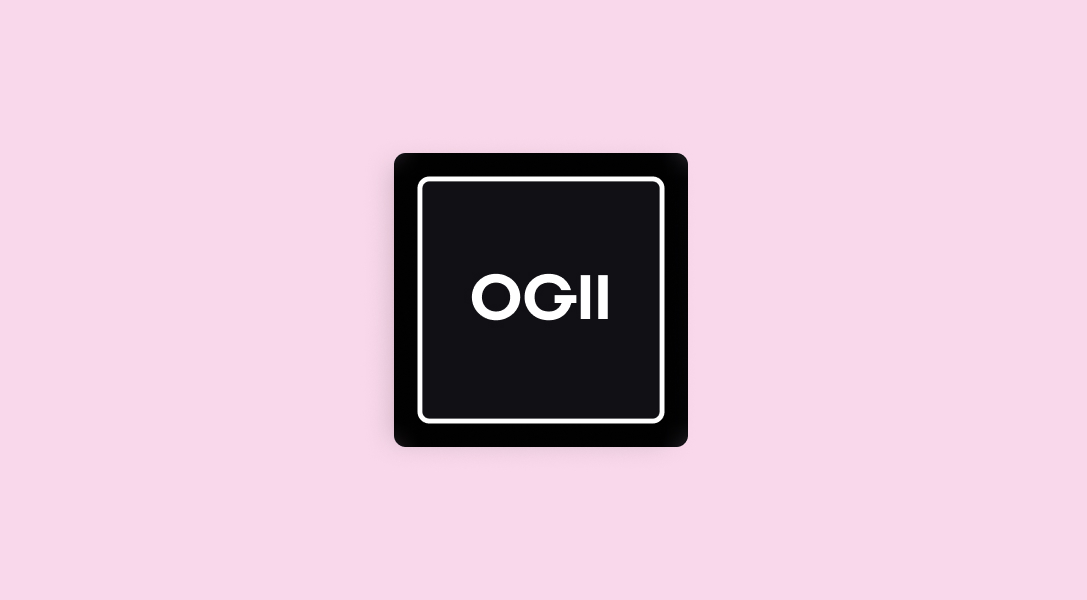At some point in time, everyone needs great car, home and travel insurance.
The trigger for most people to buy a policy is the purchase of a new car, home or going on the trip of a lifetime. But insurance can be hard to find, annoying to buy (with all those pesky questions) and expensive. So what are some challenges with insurance now, and what does embedded insurance look like in practice for customers?
Traditional insurance isn’t keeping up with modern consumers’ buying behaviours
Unlike other financial services that have become convenient and simple – think of neo banks that help you easily track your spending or being able to send your money around the world in a second – insurance has remained cumbersome, paper-based, heavily intermediated and isolated from consumers’ digital worlds and modern buying behaviours.
There are common challenges among people who need insurance – one of the primary pain points is that insurance isn’t there to buy when it’s needed the most. Examples include people applying for a car or home loan, where buying insurance is needed for their loan to be approved; travellers who have the challenge of remembering to buy insurance after booking their ticket; or homeowners who could bundle insurance with essential services like telco and energy to make life easy.
This disconnected experience means that people almost always have to purchase insurance independently, leaving the platform they’re using to apply for their loans or buy their flights. It then becomes a manual process of finding the right cover from a separate insurer, filling out details they’ve answered a handful of times before, and in some cases (like in home and car loan applications), needing to manually send proof of a policy back to their loan provider.
What does this mean for customers? In worst-case scenarios, people can end up with cover that simply isn’t right for them. In most instances, insurance remains clunky and disconnected from what’s happening in the rest of their lives.
The solution: Embedding insurance into digital buying experiences, offering it where and when it makes sense for customers
Embedded insurance gives brands the ability to offer insurance products through API integrations, all while the financial service is powered by an insurance company – like Open. Offering insurance this way lets brands offer their customers a seamless insurance-buying experience.
Let’s take the example of someone applying for a car loan and their typical buying journey. A person begins their loan application process with a loan provider, but they need to secure insurance before continuing. To secure a car policy, they have to navigate to a different website and are navigated away from the loan application experience.
The friction is felt both ways, for customers who have to fill out their details again on a completely different form, and for the loan provider, who could experience a drop-off if their applicant doesn’t return.

Applicants then have to request and send a proof of insurance to their loan provider – a process that could take hours or even days to validate – before returning to the right website and completing their application.
So what would the process look like with embedded insurance? Rather than applicants navigating out of their loan provider’s website, insurance is embedded into the UX (user experience) of the loan application process seamlessly. Applicants have the option to get comprehensive cover for their car at the right place and time.

Taking advantage of technology and embedding insurance this way makes it easier to build a great experience for customers. For car loan processes, for example, it becomes possible to send the Certificate of Insurance automatically and removes another manual process for applicants, like what we’re doing in partnership with loans.com.au.
Although we’ve highlighted the car loan application process here, we can see how embedded insurance works to make the experience from quote to claim completely digitised for other industries:
- For holiday goers purchasing their plane tickets online and needing travel insurance;
- For home loan applicants buying a new property;
- For people who want to bundle insurance with their electricity, bank, telco or favourite retailer.
And surveys suggest that people are willing to buy insurance this way. An EY Global Fintech Adoption report reveals that 68% of consumers are willing to consider a financial services product offered by a non-financial services company such as retail, telecommunications, power and utilities.
Embedded insurance takes advantage of technology to give consumers a brilliant insurance experience

The beauty of embedded insurance as a digital-first solution means we can take the innovation one step further. Taking advantage of Open Data – data that is securely shareable and accessible– means that brands can integrate data with their embedded insurance provider to present insurance that’s intelligent and contextual, including customised pricing and product recommendations. Here are some practical examples:
Personalisation with prefilled quotes
No one wants to enter their name, email and date of birth again and again when filling out a form. Open Data lets brands share data so their customers don’t have to fill out insurance quote forms with questions their provider already knows the answers to.
This could be as simple as their contact details, or more complex like the information about the car or house they’re wanting to insure (e.g., for car and home loan applications). By connecting this data, embedded insurers can pre-fill those details to provide a seamless experience, ultimately giving customers an insurance quote faster.
Using data to suggest products and unlock savings
One of the hardest parts of buying insurance is knowing whether you’re getting the right cover at a great price. Embedded insurance uses data to unlock better prices for customers by looking at information that signals reduced claims frequency, for example, or by rewarding reduced premiums to homeowners that have connected devices (like a Google Nest Doorbell) that help protect their homes.
A digital end-to-end solution
Insurance is one of the world’s least digitally mature industries, scoring just 47 out of 100 on BCG’s Digital Acceleration Index. A digital end-to-end solution means no more email trails to purchase insurance, or playing phone tag during busy hours of the day. Embedded insurance meets people’s modern buying behaviours and means they can buy and manage their policies, and lodge claims online, anytime – giving them ultimate control and convenience.
At Open, we see 77% of all customer interactions being completed online, unassisted. This includes purchasing and amending their policies and making claims.
Insurance when and where people need it
Last but not least, embedding insurance means people can access it when and where it makes the most sense. Some still see insurance as a grudge purchase, but it can certainly be made more delightful by presenting it through brands they already know and products or service they’re already needing to buy.
Open is the embedded insurance partner for Australia and New Zealand’s largest brands including Telstra, Bupa, ahm, Plenti and loans.com.au.
Learn more about Open’s white-label experience



